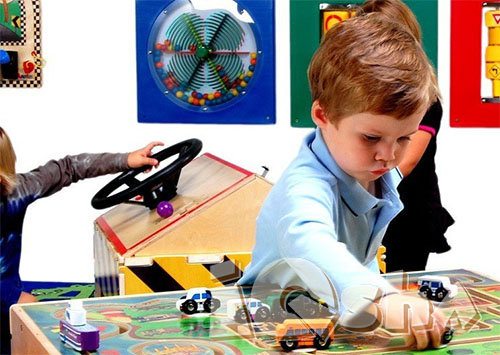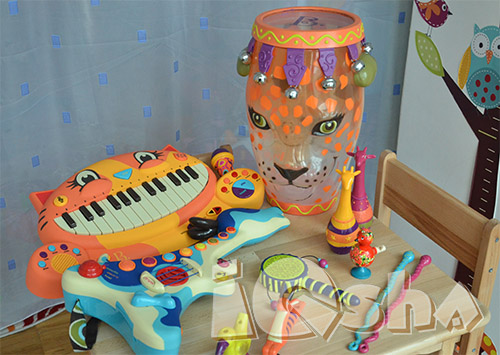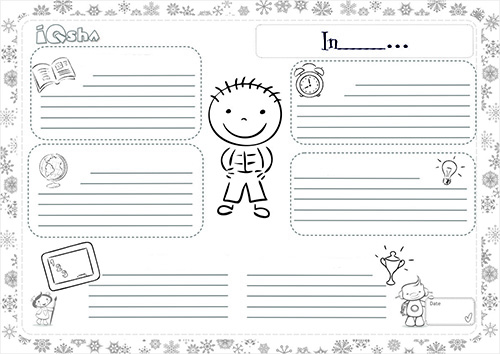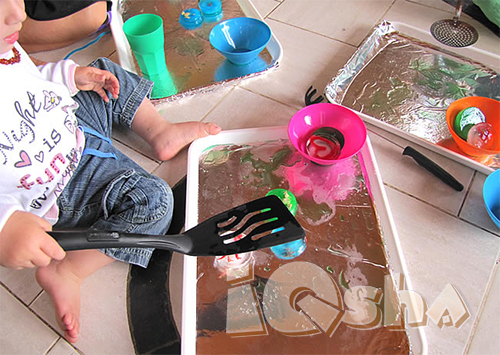I want to share our principles in study of colors and shades. I am deeply convinced, that for a child it is equally new and unknown all – simple or difficult. For this reason we didn't choose the way of simplifications. From the very first lessons (from the age of 1 year) we began to use the principle of «lessons creation" given below. Certainly, including changes of growing period, appearance of new abilities and desire of the kid.
Step 1. Preparation
You need to think over and prepare the material in advance. Spend your time for this stage once, it will take time, but you will be prepared for your lessons for a long time. As materials remain the same, only the task is changed.
Our set consists of 4 games – a simple palette and fruit corresponding to it, acquaintance with new palettes, game on the color/shape, and my pad. For "a snack" I leave application on search of compliances in color. I think the last point is necessary because the child likes a lesson-game, but not imposing lesson.
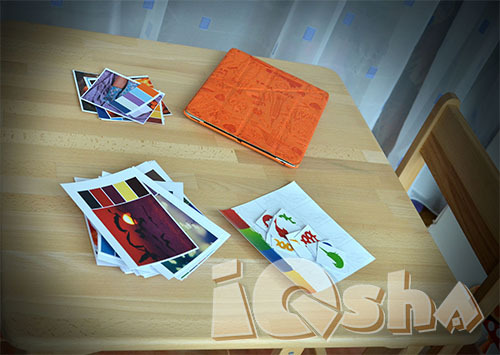
Step 2. Play
Everything that we have is a fascinating traveling to the world of colors . We dream, we play. But we go from simple to the difficult. At first the simplest game for perception. We match the colors; we look for the identical ones.

Then we look and we discuss new cards with the image and a palette. There is no mandatory minimum or a maximum quantity of cards – look at them as much, as the child wants.
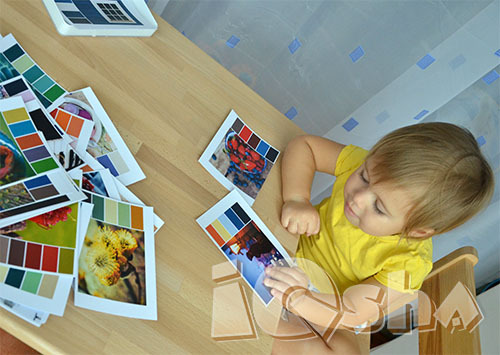
The third game – matching a palette and the image. I have this game with already viewed cards.
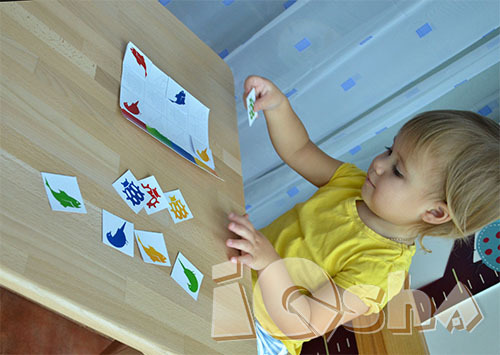
The fifth game is a liberation, but within the given topic. In our case it is learning game on a pad, you can select coloring, a molding or to miss this game if the child is tired.
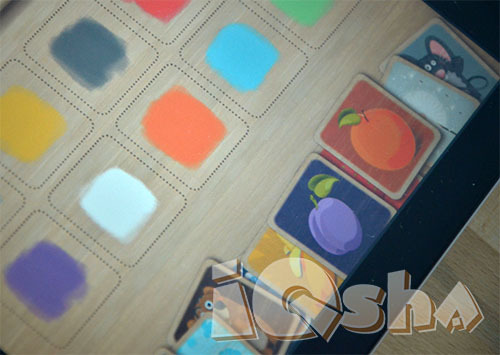
Step 3. Mastering
As soon as we started understanding of a color palette, I began to pay attention of the daughter to different colors in the world around. You shouldn't learn only one color. Look around and teach your kid to see. All cards provided on a photo were taken in open access from Lisa Chernikova's blog. You can download them or make the games, observing the offered principle. I will tell only one – my daughter's 2years and 3months, and I can't tell exactly how many shades she distinguishes – in her perception experience there is a lot of them, and it is remarkable!
Have multi-colored lessons!
Larisa Chudinova

